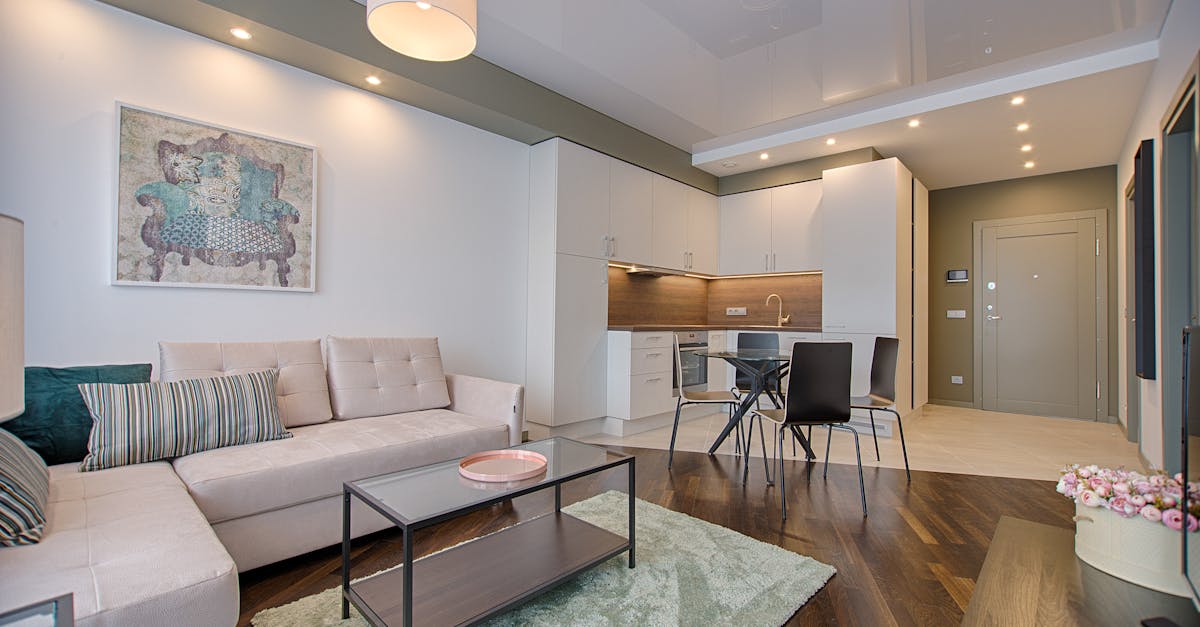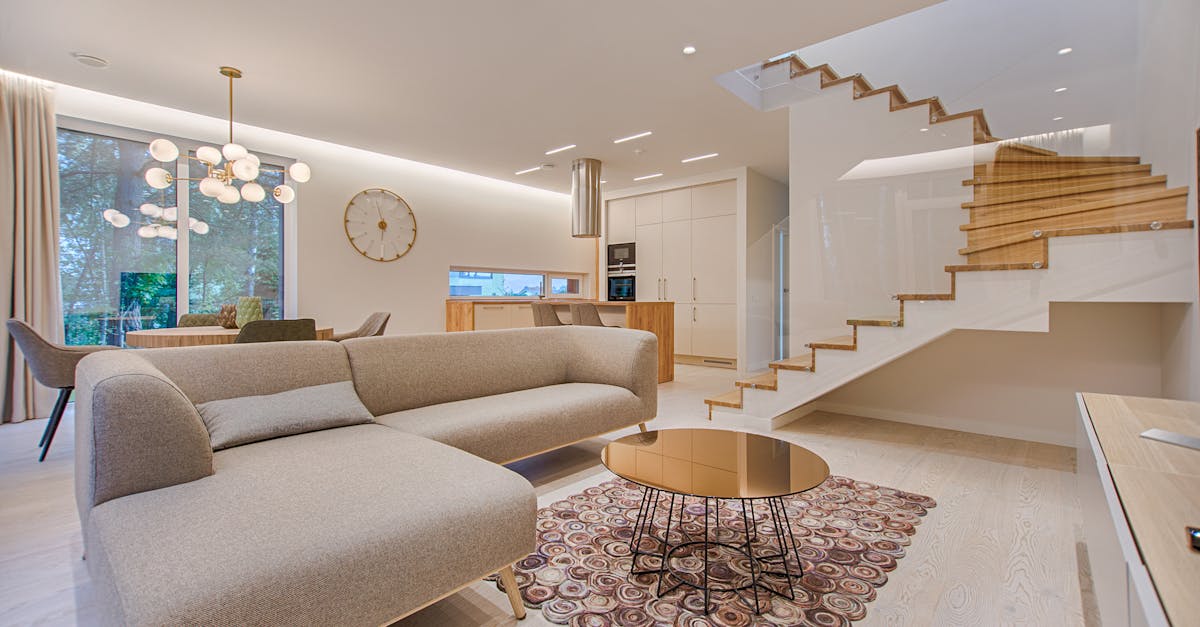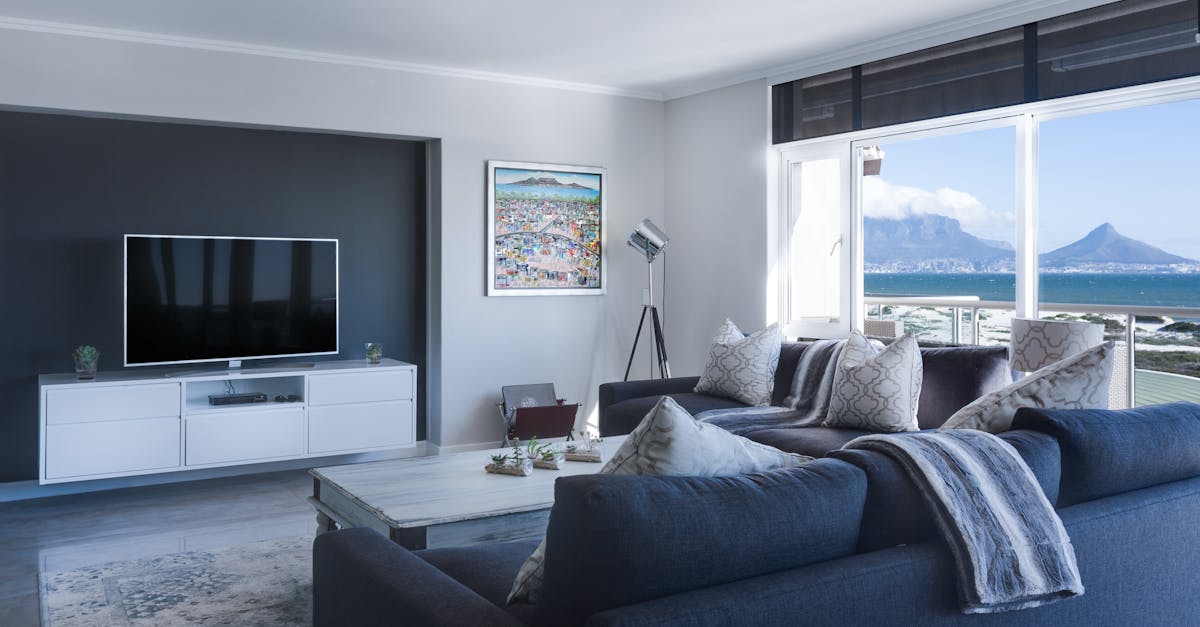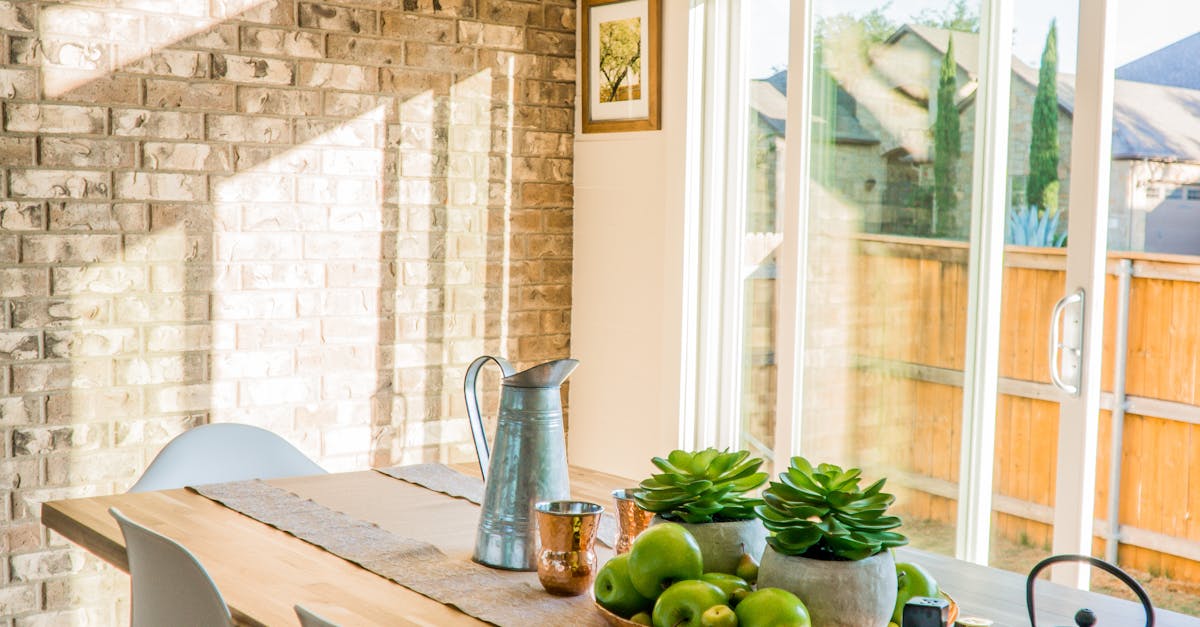
Table Of Contents
Technology's Impact on Modern Space Planning
With the rapid advancements in technology, the landscape of modern space planning has been significantly transformed. From intelligent software applications to virtual reality design tools, technology has revolutionized the way in which spaces are conceptualized and optimized. In Oshawa, space planning professionals are leveraging these technological innovations to create more efficient and functional spaces for residential, commercial, and industrial purposes.
Virtual design tools have emerged as a game-changer in the realm of space planning. These tools allow designers and clients to visualize and interact with a space before any physical construction takes place. By providing a realistic representation of the proposed design, virtual design tools enable stakeholders to make informed decisions and ensure that the final space meets their specific requirements. In Space Planning Oshawa, architects and designers are increasingly incorporating these tools into their workflow to enhance collaboration, streamline the design process, and ultimately deliver exceptional spaces that exceed client expectations.
Virtual Design Tools
Virtual design tools have revolutionized the field of Space Planning Kleinburg by providing designers with powerful software to visualize and plan spaces. These tools allow professionals to create detailed 2D and 3D models of rooms, making it easier to experiment with different layouts and furniture arrangements. By using virtual design tools, designers can collaborate with clients more effectively, as they can present realistic renderings of their vision for a space.
One of the key benefits of virtual design tools is their ability to save time and resources during the planning process. Designers can quickly make changes to designs, test out different options, and finalize plans without the need for extensive manual labour. This efficiency not only speeds up the overall design process but also allows for more accurate and precise planning, leading to better outcomes for Space Planning Kleinburg projects.
Sustainable Practices in Space Planning
Sustainable practices are becoming an increasingly important aspect of space planning Oshawa. Designers and architects are recognizing the significance of incorporating eco-friendly elements in their projects to minimize environmental impact. Energy-efficient solutions are at the forefront of this movement, with a focus on reducing energy consumption and promoting sustainability in building designs.
Furthermore, the integration of sustainable materials and practices not only contributes to a greener environment but also enhances the quality of indoor spaces. With a growing emphasis on using recycled and renewable materials, space planning Oshawa is shifting towards creating spaces that are not only visually appealing but also environmentally responsible. By implementing sustainable practices in space planning, designers are able to create spaces that are not only aesthetically pleasing but also contribute positively to the environment.
EnergyEfficient Solutions
Energy-efficient solutions play a crucial role in modern space planning, especially in the commercial sector. By incorporating energy-efficient practices, businesses can reduce their carbon footprint and operating costs simultaneously. One effective way to achieve this is through the installation of smart lighting systems that automatically adjust based on natural light levels and occupancy, thus minimizing energy wastage. Space Planning Brampton encourages businesses to adopt such sustainable measures not only for environmental conservation but also for long-term financial savings.
Another key energy-efficient solution in space planning is the integration of smart HVAC systems that regulate temperature settings intelligently. By utilizing sensors and programmable controls, these systems can optimize energy consumption by adjusting heating and cooling based on occupancy patterns and external weather conditions. This not only enhances comfort for occupants but also contributes to significant energy savings over time. Space Planning Brampton promotes the implementation of these innovative solutions to create eco-friendly and cost-effective commercial spaces.
Space Planning Strategies for Small Businesses
Small businesses often face the challenge of maximizing limited space while still creating a functional and aesthetically pleasing environment for employees and customers. One effective space planning strategy for small businesses is to embrace the concept of multi-functional spaces. By designing areas that can serve multiple purposes, such as a meeting room that can also be used for employee training sessions or a reception area that doubles as a workspace, businesses can make the most of their square footage without compromising on functionality.
When considering space planning for small businesses, it is crucial to prioritize efficiency and flexibility. This means carefully assessing the specific needs of the business and its employees and designing the space to accommodate these requirements. By incorporating innovative solutions such as flexible seating arrangements, modular furniture, and smart storage solutions, small businesses can optimize their workspace and create a dynamic environment that adapts to their evolving needs. For businesses in the Kitchener area looking to enhance their space planning strategies, seeking expert guidance from professionals specializing in Space Planning Kitchener can provide valuable insights and solutions tailored to their unique requirements.
MultiFunctional Spaces
Multi-functional spaces play a crucial role in contemporary space planning efforts, offering versatility and efficiency in various settings. Offices, homes, and commercial establishments are increasingly incorporating multi-functional spaces into their design to optimize square footage and enhance functionality. In Space Planning Milton, these versatile spaces are carefully integrated to accommodate diverse activities, fostering productivity and creativity within a unified environment.
Moreover, multi-functional spaces contribute to a dynamic and adaptable layout that can evolve with changing needs and preferences. By strategically blending different functions within a single area, designers can maximize the utility of the space without compromising aesthetics or comfort. In essence, the incorporation of multi-functional spaces underscores the innovative and strategic approach that defines modern space planning practices in Space Planning Milton.
FAQS
What is space planning?
Space planning is the process of organizing and arranging a space to best suit its intended purpose, taking into consideration factors such as functionality, aesthetics, and efficiency.
How does technology impact modern space planning?
Technology has revolutionized modern space planning by introducing virtual design tools that allow designers to visualize and optimize space layouts in a digital environment before implementation.
What are sustainable practices in space planning?
Sustainable practices in space planning focus on incorporating eco-friendly materials, energy-efficient solutions, and environmentally conscious design principles to minimize the impact on the environment.
How can small businesses benefit from space planning strategies?
Small businesses can benefit from space planning strategies by maximizing the use of limited space, creating multi-functional areas, and improving workflow efficiency to enhance productivity and functionality.
What are multi-functional spaces in the context of space planning?
Multi-functional spaces are areas within a space that serve multiple purposes, such as a living room that can also function as a home office or a guest bedroom that doubles as a workout space, maximizing the utility of the space.





